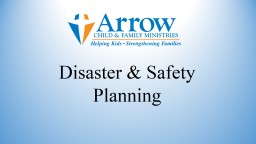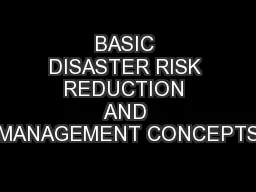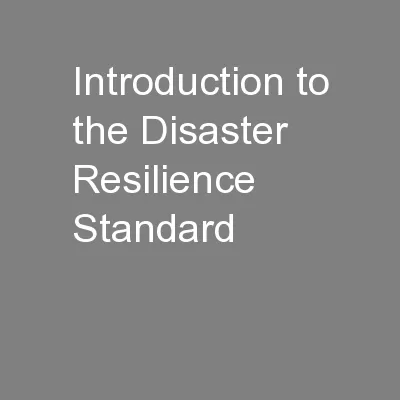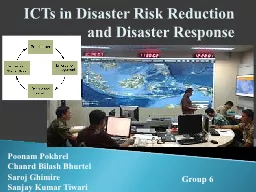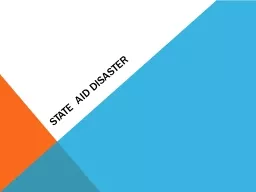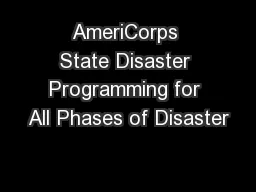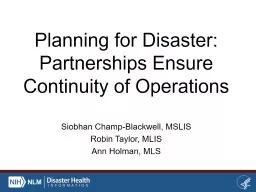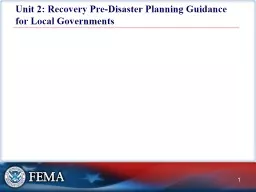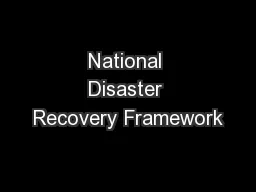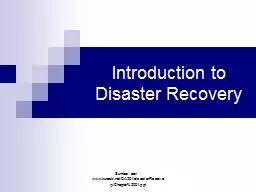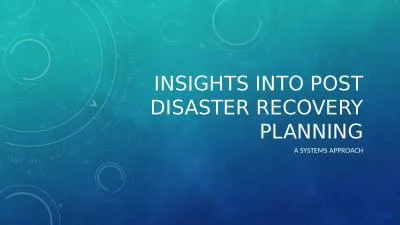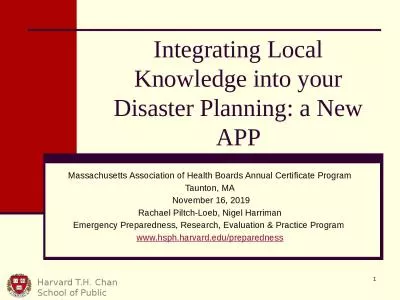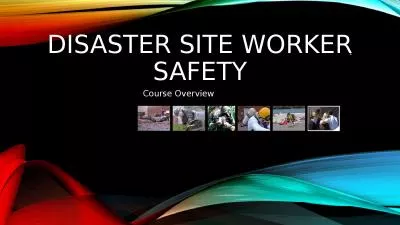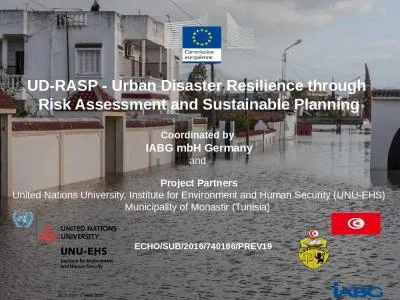PPT-Disaster & Safety Planning
Author : udeline | Published Date : 2024-02-09
Safety is the cornerstone in the care of children A good safety plan includes designing a disaster plan to deal with any occurrences which render the home or neighborhood
Presentation Embed Code
Download Presentation
Download Presentation The PPT/PDF document "Disaster & Safety Planning" is the property of its rightful owner. Permission is granted to download and print the materials on this website for personal, non-commercial use only, and to display it on your personal computer provided you do not modify the materials and that you retain all copyright notices contained in the materials. By downloading content from our website, you accept the terms of this agreement.
Disaster & Safety Planning: Transcript
Download Rules Of Document
"Disaster & Safety Planning"The content belongs to its owner. You may download and print it for personal use, without modification, and keep all copyright notices. By downloading, you agree to these terms.
Related Documents

